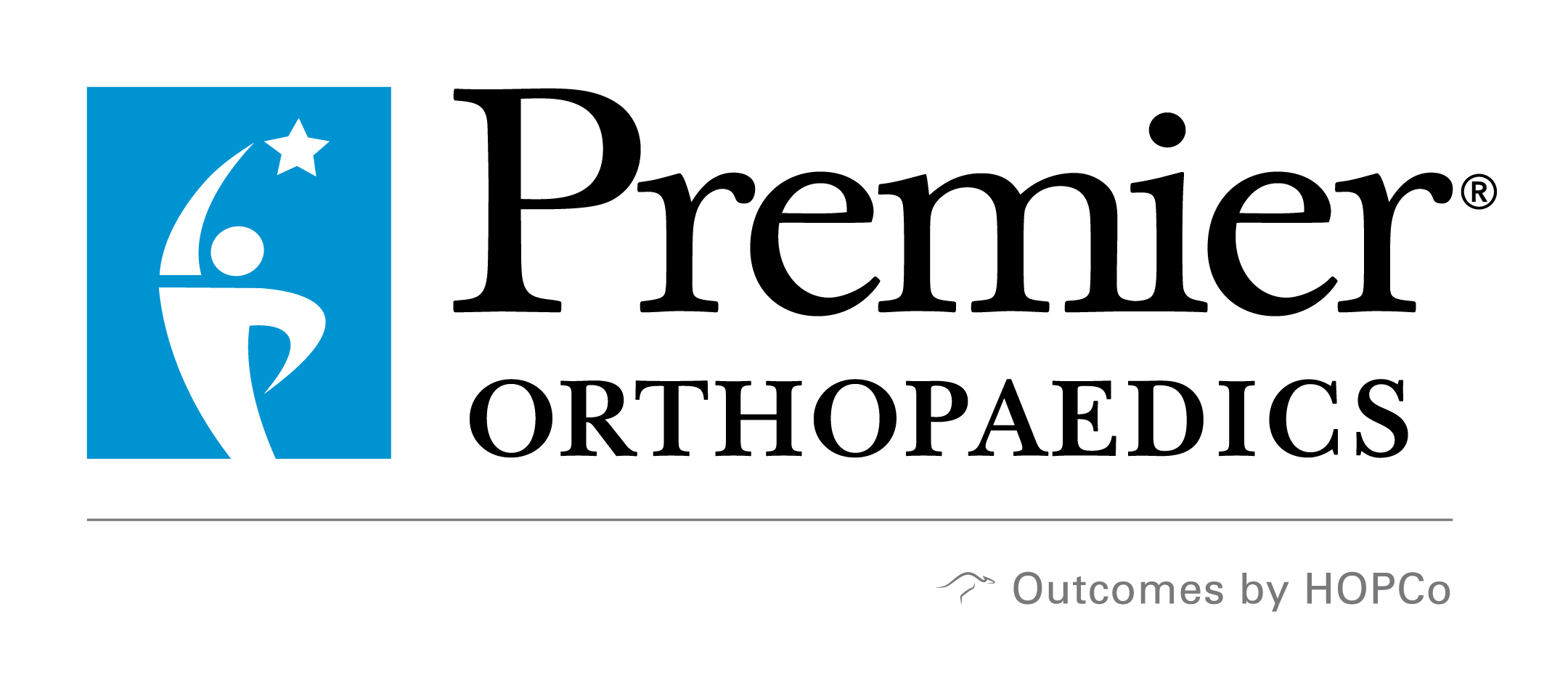Shoulder pain can affect much more than just our comfort. It can limit our ability to pick up our children, carry groceries, or even reach for something on a high shelf. If you’ve been struggling with nagging shoulder pain, there’s a strong possibility it may be due...
A stress fracture is a small crack within a bone. However, unlike acute fractures, which occur from a sudden injury, stress fractures gradually develop over time and are common among athletes, runners, and individuals with physically demanding lifestyles. These tiny,...
Tendons are tough, fibrous tissues that connect muscle to bone and play a critical role in our movement, from helping us swing a tennis racket to allowing us to lift groceries or climb the stairs. But for all their strength and flexibility, tendons are also...
The Benefits of Pilates

There’s a reason you have probably heard the term, “Pilates Butt.” Pilates started showing up in the fitness scene about a decade ago, but what’s the hype about? Pilates was actually designed by German athlete, Joseph Hubertus Pilates, as a cure for his constant struggle with activity-induced asthma. The idea came from Greek culture and ideologies, primarily, the idea that the mind, body, and spirit should always be in balance. Thus, Pilates was born.
If you have ever wandered into the Pilates room of your Yoga studio, the mind might begin to panic – how in the world do you use these machines? The look of some Pilate’s machines has even been compared to daunting torture devices, but it is far from the truth. Pilates is an ancient practice and is the go-to for dancers, athletes, and even used in the recovery process for physical therapy*.
The mindset behind Pilates begins with the process of strengthening your core. The six principles of Pilates are concentration, control, centering, flow or efficiency in movement, precision, and breathing. The core is thought of as the center of your entire muscle system, and numerous studies have proven that a strong core benefits every other part of the body. Pilates is ideal for people with neck problems, poor posture, spinal abnormalities, issues with equilibrium, limited flexibility, among others. The key is that Pilates works first on strengthening the core, and in turn begins to add strength and control as your body becomes stronger and more flexible. This causes a feeling of control of movement, as well the increased flexibility, which is helpful in preventing sprains, strains, torn muscles, and wear and tear injuries. From this, you can see why dancers swear by it.
According to Pilate’s experts, the balance of the mind and spirit then accompanies the balance of the physical body. Many Pilate’s classes are taught at Yoga studios for this very reason. Pilates is not seen as a rigorous cardio session, but rather a calming way to unwind while focusing on breathing while doing various exercises focused on controlled stretching. This provides a small amount of time to clear your mind and hone in on breathing deeply. The process of controlling your breathing during exercise has been proven to help with extending the amount of time you would normally be able to do a particular exercise – this is why you have heard stories of Pilate’s users claiming to see results so quickly.
Now, here’s the fun stuff. Back to that “Pilates Butt” rumor. It’s true – regular Pilate’s helps to elongate the muscles, in turn making leg muscles seem lean, but also toned and strong. Many women favor Pilates because of its ability to add strength and tone without causing the muscles to look too bulky, or masculine. Many runway models swear by it because it allows them to keep their “girlish measurements,” while also helping with balance when wearing stilettos on the catwalk.
So the real question is – why aren’t we all on the Pilates bandwagon?
*(Note: Physical therapy and Pilates in no way can be considered interchangeable. Consult your orthopaedic doctor/surgeon before using Pilates within your recovery plan.)
References: http://pilatesbridge.com/12-scientifically-proven-benefits-of-pilates-for-your-peace-of-mind/
